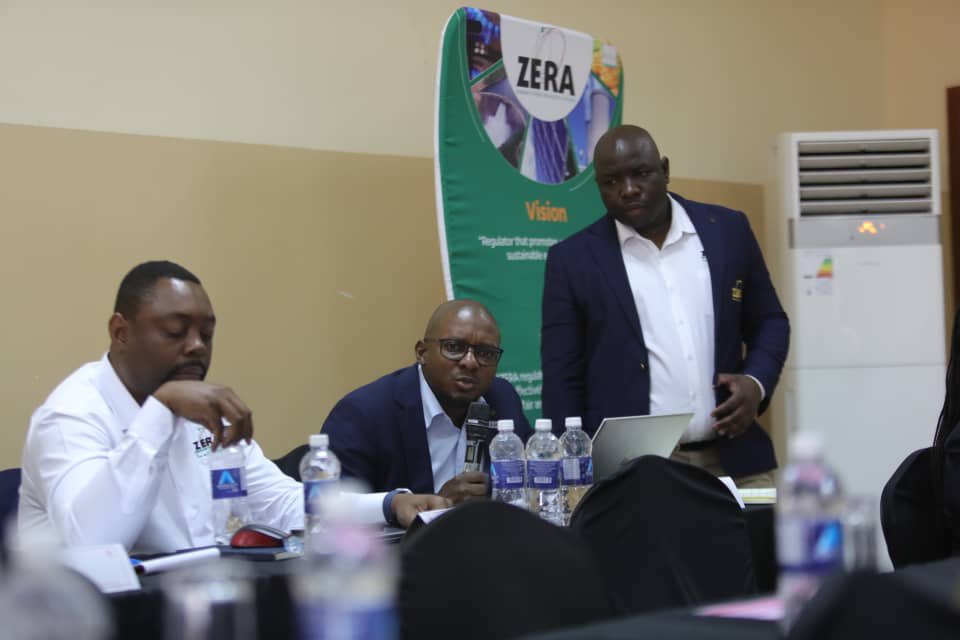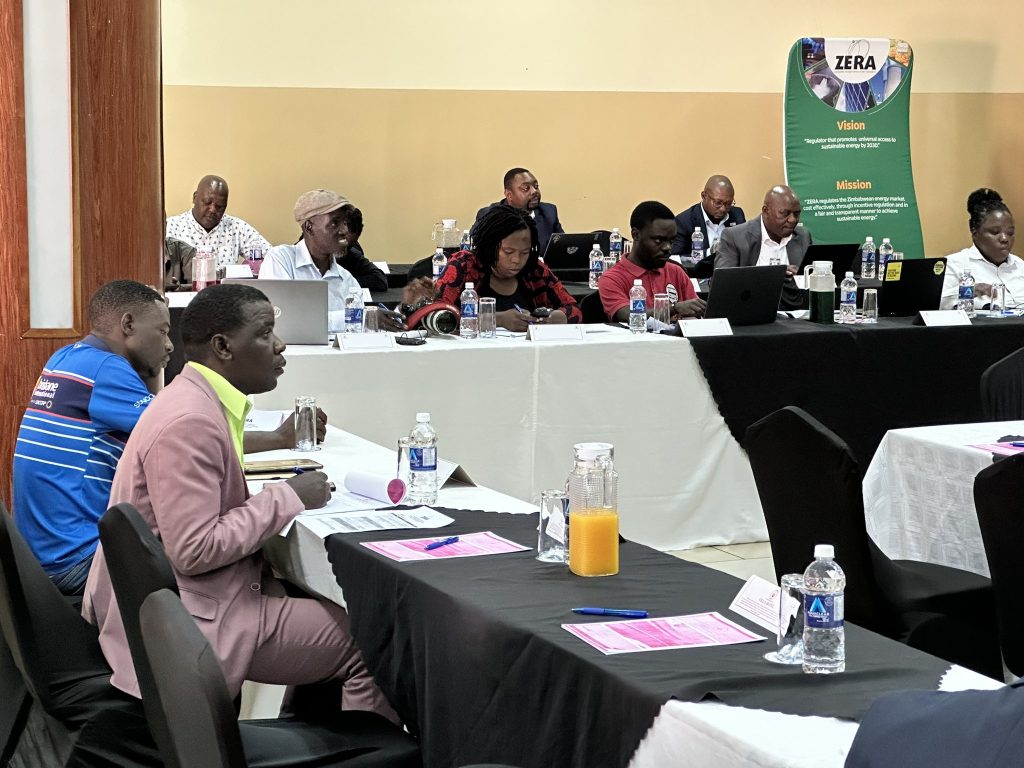By Fanuel Chinowaita

Mutare – The Zimbabwe Energy Regulatory Authority (ZERA) has unveiled new guidelines for containerized fuel retail sites while also explaining how fuel prices and electricity tariffs are determined in the country — a move aimed at improving transparency and enhancing energy access in both urban and rural areas.
Speaking during a media engagement workshop held in Mutare last week, ZERA officials said the new initiatives align with the National Development Strategy 1 (NDS1), which prioritizes expanding essential services and infrastructure in underserved communities.
ZERA has introduced Standard ZWS1119:2024, which sets out detailed procedures and safety requirements for establishing containerized and portable fuel retail stations. The guidelines define the structure of such sites, the approval process, and safety measures — including separation distances and location restrictions.
According to ZERA, these portable fuel sites must be positioned away from highways, existing standard fuel stations, and public gathering places to ensure safety and regulatory compliance.
The standard was officially adopted under General Notice 1425 of 2025, marking a significant step toward improving fuel accessibility and supporting rural economic growth.
“The adoption of containerized fuel retail sites will bring convenience, promote rural development, and reduce fuel shortages in remote areas,” ZERA said.
At the same event, the authority also clarified how it determines fuel prices and electricity tariffs. Officials said the tariff determination process follows the Rate of Return (ROR) model, which allows utility companies to recover their operational costs while earning a reasonable return on investment.
“The approved tariff determination method is the Rate of Return, which ensures that utilities can cover their costs of operation and realise a fair return,” ZERA explained.
“Adjustments can also be made midway if major cost drivers change significantly from the original assumptions.”
On petroleum pricing, ZERA said the Petroleum Act mandates it to prescribe fuel prices after consultations with the Minister of Energy and Power Development. The pricing framework is guided by Statutory Instrument (SI) 12 of 2023, which outlines the current fuel pricing formula, while SI 20 of 2015 defines the applicable Free on Board (FOB) cost.
ZERA emphasized that it sets maximum fuel prices across the country, though operators are permitted to sell at lower rates.
The media engagement in Mutare formed part of ZERA’s ongoing public education campaign to improve understanding of energy pricing, promote accountability, and support equitable energy access for all Zimbabweans.

